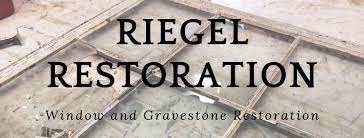|
Those who visit our historic farm often have questions about the fire that scorched the interior of our barns. Most are surprised that the buildings survived and we find ourselves counting our blessings in that fact. Back in the winter of '71 more than 100 men answered a call to save this key historic structure from an awful fate. They worked through the night fighting that blaze in a truly amazing show of solidarity which you can read about below: 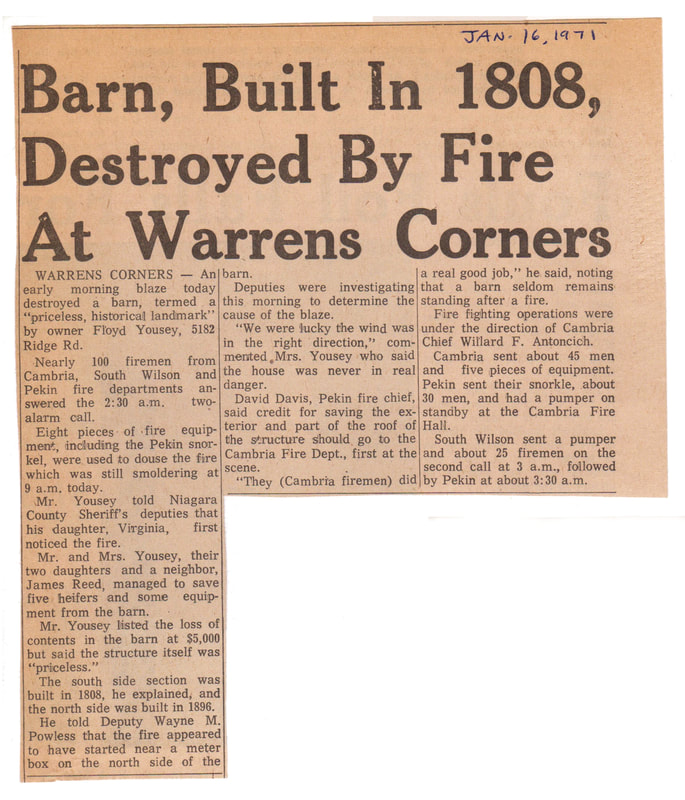 January 16, 1971WARRENS CORNERS- An early morning blaze today destroyed a barn, termed a "priceless, historical landmark" by owner Floyd Yousey, 5182 Ridge Rd.
Nearly 100 firemen from Cambria, South Wilson and Pekin fire departments answered the 2:30 a.m. two-alarm call. Eight pieces of fire equipment, including the Pekin snorkel, were used to douse the fire which was still smoldering at 9 a.m. today. Mr. Yousey told Niagara County Sheriff's deputies that his daughter, Virginia, first noticed the fire. Mr. and Mrs. Y0usey, their two daughters and a neighbor, James Reed, managed to save five heifers and some equipment from the barn. Mr. Yousey listed the loss of contents in the barn at $5000 but said the structure itself was "priceless." The south side section was built in 1808, he explained, and the north side was built in 1896. He told Deputy Wayne M. Powless that the fire appeared to have started near a meter box on the north side of the barn. Deputies were investigating this morning to determine the cause of the blaze. "We were lucky the wind was in the right direction," commented Mrs. Yousey who said the house was never in real danger. David Davis, Pekin fire chief, said credit for saving the exterior and part of the roof of the structure should go to the Cambria Fire Dept., first at the scene. "They (Cambria firemen) did a real good job," he said, noting that a barn seldom remains standing after a fire. Fire fighting operations were under the direction of Cambria Chief Willard F. Antoncich. Cambria sent about 45 men and five pieces of equipment. Pekin sent their snorkel, about 30 men, and had a pumper on standby at the Cambria Fire Hall. South Wilson sent a pumper and about 25 firemen on the second call at 3 a.m., followed by Pekin at about 3:30 a.m.
0 Comments
John Forsyth and his brother William were known smugglers in their youth while they resided in Canada. It should be little surprise then that William continued to smuggle for the remainder of his life. What was he smuggling though? Freedom Seekers. This is William's home, known as Bertie Hall. It sits on the river's edge across from Buffalo, New York. It was here that people like Harriet Tubman led hundreds of freed slaves across the boarder and into Canada. A tunnel beneath the house connects the cellar to a secret entrance at the River. Harriet Tubman is just one of many guides that led people here. She traveled from Maryland, not far from the birthplace of John and William Forsyth; taking a similar route that their parents did many years before. Along the way she and the people that she was leading to freedom had to stop, rest and hide. One of the places that they hid was at the then Former Forsyth-Warren Tavern. Its former keeper, Ezra was now a traveling preacher with the Methodist Church and Mary, wife of a renowned smuggler, probably retained some her late husband's skills in the trade. The both of them, along with the rest of the Warren and Forsyth Families, made Warren's Corners a safe place on the Underground Railroad. Southern bloodhounds and slave catchers are abroad! Our remarkably quiet neighborhood has this day been thrown into great excitement from the appearance and suspicious deportment of some strangers. Charles Brown, a colored man, who has resided in our midst more than two years, and who has won the respect of all who made his acquaintance, was at an early hour this morning, rather surprised by the appearance of his master's nephew from Kentucky. Two gentlemen had been making strange maneuvers in the neighborhood by the residence of Brown on the Lockport and Warren Plankroad, going towards Lockport. They stopped nearly in front of Mr. David Carlton's then wheeled around and drove up the lane to Brown's house. One of them went back to Mr. Carlton's and inquired for Mr. Mighells (on whos farm Brown lives): the other remained in the carriage looking directly through the door of Brown's house, watching apparently for someone. The one in quest of Mr. Mighells pretended to want to rent his farm for the ensuing year. Brown saw him, recognized him. It was the nephew of his old master! Brown fled to the woods with the avowed intentions of crossing Niagara River. We have not heard from him yet to-night, but we hope that he has kept clear of the river, as all the crossings are undoubtedly watched. It probably was the plan of the hunters to start him from his place and trap him there. But we know that others are on the alert, and that the fugitive will not be captured without a struggle.Lockport Journal: Warren's Corners, Niagara Co., June 20, 1854 Charles returned to Warren's Corners some time later and resumed his well respected work as a cabinet maker with his wife Martha. The Forsyth-Warren Tavern has several hidden rooms behind its walls but the one that family stories say was used as a hiding place for the Underground Railroad can be found behind the walls of the second floor. There is no access to it aside from a narrow crawlspace above the Tavern's front porch and is hardly even noticeable from Mary's residence on the second floor. The only tell-tale sign of the room's existence is the ceiling height on the northern wall of the second floor against that of its southern wall. On your next visit to the second floor of the Tavern, take a look at this wall and imagine for a moment the life of a runway slave as they hid behind it and waited for a safe chance to flee to the waiting home of William Forsyth on the other side of the boarder.
Jay Bird Antiques, located in one of the barns of the Forsyth-Warren Farm Museum, will be opening for the first time during the great cambria yard sale! While here you can take a sneak peek inside our more than 211 year Tavern as it opens as well for the first time in 194 years!
If you are interested in seeing the area as mapped in great detail in the year 1852, this library of Congress map can be viewed and downloaded at the link above. At the time of this map the road currently known as Stone Road is labeled the Lockport-Warren's Corners Plank Road. At the time it was a Wooden Plank Road with a Toll collected once in Lockport. Also at this time Ezra lives with his son in the Tavern but still ownes the Grange across the Ridge Road in his own name and surrounded by the homes of his family. This map is not only geared towards Warren's Corners though. If you ever wondered what your area looked like or perhaps who owned your house, it can show you the answers to those questions as well. Happy Discovering!A Most ODD History at the Tavern Eli Bruce first arrived at the Forsyth Tavern (then Warren's Tavern) in 1816. He had ridden in on the stagecoach line along with the brother to the Corners' first Physician, Calvin Baker. With no family to stay with and no money to afford a bed, Eli found himself working at the Tavern where he reportedly corded wood for Mr. Warren. Then he turns up again in 1823, a schoolteacher and tax collector for the Village of Lewiston. He received word that Mr. Eliakam Hammond had discovered something most gruesome on his farm on upper mountain road just south of the Tavern back in Cambria. This of course was the infamous PIT. If you don't know, the pit lying between upper and lower mountain roads was what was left of the 14th century native American civilization that once resided there. They were a colossal nation atop the hill, consisting of thousands of men, woman and children reduced to a pit of skeletons. It was a massacre of profound depth. … and of course, Mr. Hammond and Mr. Bruce opened the farm up as a tourist attraction for 10cents a piece. It is said that some 150 people a day visited the site and left with a bone souvenir each. For this reason, the site has vanished; leaving only the mansion which Mr. Hammond built with his fine earnings. Today we who know of it call it the BONE HOUSE. Eli also became quite wealthy and also quite popular. So much in fact that he was soon elected Sheriff by his townspeople. Charged as one of the abductors of Morgan was Eli Bruce. This would lose him his title as Sheriff and cost him 28 months in jail. Eli Bruce died shortly after that; a victim of the Cholera Epidemic in 1832.
Mrs. Warren, (formerly Mrs. Forsyth,) now residing on Ridge road, in Cambria, is daughter of Capt. Ganson. Few have seen more of pioneer life -– and that, principally, upon the Holland Purchase. She has obligingly given the author some interesting reminiscences of early times: - Soon after my father had come on west of the river, and opened a public house, other settlers began to come in. There was nothing on the road to Batavia, until Mr. Ellicott’s surveyors made their head quarters at Stafford. The Indians were frequent visitors at my father. I used to see them often, the chiefs, Hot Bread, Jack Berry, Red Jacket, and Little Beard. Sometimes the Indians were turbulent; they would become a terror to the new settlers. My father was a stout athletic man; had great influence over them; would quell them in their worst drunken frolics. ----Pioneer History of the Holland Purchase of Western New York, by O. Turner, 184 1806-7 Mary and John bought land in the western frontier after the loss of their first born child at one year of age. When they left for their new property they have another child one year of age and their third still in Mary’s womb. The second year of their abode Mrs. Forsyth laid one of her small children on the floor on an improvised bed to take its usual mid-day nap. As she went to look to its welfare what was her surprise and horror to see a large rattlesnake that had unceremoniously crawled in the open doorway and lay snugly coiled up on the quilt near the child. With a rare presence of mind she quietly stepped out, got an axe and returned and with a sure blow severed the head of the reptile from its body, thus saving the life of her child. Her and John Forsyth had four children when John died of unknown circumstances in the year 1812. He was only 31 years old. Mary buried him on a knoll behind their Tavern. A few weeks later President James Madison declared war against Great Britain. For more than a year Mary managed her tavern and farm with her four young children. Neighbors were yet scares in those day and the frontier was still rough and dangerous. She prevailed none the less. In December of 1813 the United States invaded Canada in a brutal and futile battle against the United Kingdom and their native allies. The retaliation that followed was thrice as brutal---- When Ezra returned to Mary, her children and her Tavern, he quickly wed her in July of 1813. Together they reared an additional seven children. In all she had twelve children in her long and lustrous life. They are as follows,
She herself passed away February 23rd in the year 1857 at seventy-one years, five months and twenty-five days of age. She was buried between her two husbands on the knoll behind her Tavern. 1812 THE FRONTIER FUGITIVES had such short notice of the attack of the English and Indians that they had left most of their possessions behind. In some cases the women tied their silver and other small treasures in bags and dropped them in the well or hid them in the nearby underbrush.
The best account of this tragedy was written by Orsamus Turner, Historian and editor of Lockport’s first newspaper. His account follows: “There was little warning, the Indians preceding the English soldiers swarmed out of the weeds and commenced an indiscriminate shooting down of the fleeing citizens plundering and burning their log homes. Six or seven men and boys were killed and scalped.” On that day of December 19, 1813, the Ridge road section of the Lewiston Trail presented some of the harshest features of war and invasion. The inhabitants on the frontier were retreating eastward, the Tuscarora Indians having a prominent position in the fight. There was a small arsenal west of Howell’s Creek were a few of the Tuscaroras and settlers stopped and drove the invaders back. At FORSYTH CORNERS they stopped long enough to decide whether to take the Ridge road to Gaines where there was arsenal, or the Lewiston Trail to Batavia where there was also an arsenal. The Majority took the Lewiston Trail. All kinds of vehicles were used in this motley throng fleeing from the torch and the tomahawk of an invading foe. THE TUSCARORA INDIANS effectually aided the flight of the citizens of Lewiston by firing at the Indians who were following them. Twice they made a stand against the foe. Their first stand was just before the invaders ascended the road to the Reservation. They gathered the whole nation, men, women and children on the escarpment above the ascending road. The men had all the guns, the women each with a round stick looking like a gun barrel from below and a horn for every boy and would join them. However she was determined to stay behind and take her and girl. It was a big bluff but it held up the invaders for some time. When the fugitives from the Niagara Frontier reached Warrens Corners they halted momentarily at the FORSYTH TAVERN (later Warrens Corners) expecting that WIDOW FORSYTH and her two children would join them. However she was determined to stay behind and take her chances of the raiders getting that far. As it happened she made a wise choice because in a matter of a few weeks Militia from Batavia established a garrison of some 500 soldiers near Dickersonville, and her tavern was chosen to prepare rations for the garrison. About the same time Sergeant EZRA WARREN and two privates were stationed there. As we have seen the British and Indians stopped at Church Street, west of Streeter’s Corners. However on or about July 5, 1814 the Barracks at Hardscrabble (later Dickersonville) were burned by the enemy. It is interesting to note that after the war, Sergeant Warren and MRS. FORSYTH were married and the tavern became WARREN’S TAVERN and as the area began to attract settlers it became known as WARRENS CORNERS.” 1813 INVASION BY BRITISH, INDIANS CAUSED AGONIZING HARDSHIPS ON NIAGARA FRONTIER. (Union Sun & Journal, Lockport, N.Y., Thursday, October 2, 1969, Page 12). By CLARENCE O. LEWIS Niagara County Historian Our projects have slowed a bit with these seemingly endless rain but if you have passed by lately you may have noticed the beginning of our primitive Virginia Worm Fences. Early settlers constructed these fences from scrap wood and local rocks as we have done as well. These fences will make their way all across the historic farm as we restore the property back to its former glory. The word ' tavern' meant something completely different to people living in colonial times than it does today. In those days, the tavern was a place for both local and townsfolk and travelers alike to apply for lodging, meals, recreation and dancing. - By George Rice, Homestead Publications
The Town of Cambria’s website touts its commitment to progress without losing its personal touch… I guess, like too many people in power these days, the individuals who are supposed to work for the people, forgot their promises as well as the people who were promised. While we complain that the younger generation has forgotten the art of communication, the Town of Cambria exemplifies its demise. Given the opportunity, most people will pay the cost for permits and even jump through the unnecessary hoops the town throws up, chalking it up to small town politics. But to hide behind mailed letters, in a small town where everyone should know everyone, well that’s just cowardly and mean. Cambria government has forgotten its charge. Go to the town of Cambria’s spring newsletter. The town supervisor writes about creating memories. Nice words… but actions always speak louder. Is the role of government to help its citizens? To create solutions? Are rules to inform and protect people? The actions of Cambria official indicate the answer is a resounding “No; Not in our town”. It seems the Town of Cambria applies rules to hinder and hurt. IF there was a problem or a complaint, was there any reason why both parties could not have been brought together to create a solution? Isn’t government for all the people? Not a select few who are in power or personally know those who are? While we are at it, take a look at the planning board’s page on the website, specifically rule #6. It says anyone who wants anything from the board has to do whatever the board asks… So pay your fees and bring me the broom stick of the wicked witch of the west and you can have your permit… You may think that is ridiculous… but is it? “Applicant and owner must agree to Planning Board conditions or no approval will exist.” That sounds like absolute power to me, and absolute power corrupts absolutely… So think again if you believe this article is just about some farmer who didn’t apply for the right permits… It is a perfect example of a town without courage to talk to its citizens, without heart to help them and without brains to know that people will remain quiet and passive for only so long. The citizens of Cambria deserve better treatment. They deserve collaborative leadership. This is still small town America, where sunflowers and small business will not cease and good citizens will not desist just because someone who hides behind their title sent a letter. Cambria townspeople: It time to pull back the wizard’s curtain and find a way for all of us to live and WORK together. It has been a little bit over a year now since we began the restoration process at the historic Forsyth Tavern and a very limited number of people have been able to see the work that we have done so far. For this reason, here is a little update on what has been going on behind the scenes at the Tavern--- Currently the Dominick family is working hard to preserve and restore our barn complex which was in terrible shape when we took over the property. When finished, we hope that a portion on the barn complex will be open to the public as part of Jay Bird Antiques. We are also currently working on obtaining the permits for this great little antique shop to open in our beautiful little hamlet of Warren's Corners. Back inside of the Tavern we are currently working on installing a Unico heat and air system which will help keep this beautiful structure comfortable in both summer and winter which we think that both our guests and the house will appreciate as fall comes racing towards us.
As always, thank you for checking in on us and we truly hope to see you all soon. Until then we hope that you enjoy watching our progress and don't be afraid to reach out, ask questions, show your support or share with us anything that you think we might find interesting! Looking to see who owned your Niagara County historic home?Click the link below to download a full sized version of this map to aid in your research.
|
Details
FORSYTH-Warren Tavern MuseumRent the TavernCategories
All
|
||||||
ABOUT USVISITHISTORY & RESEARCHEDUCATIONCALENDAR OF EVENTSVENUE RENTALSUPPORTDONATE NOW |
CONTACT USForsyth - Warren Tavern
5182 Ridge Road Lockport, NY 14094 Annual Appeal Donate |

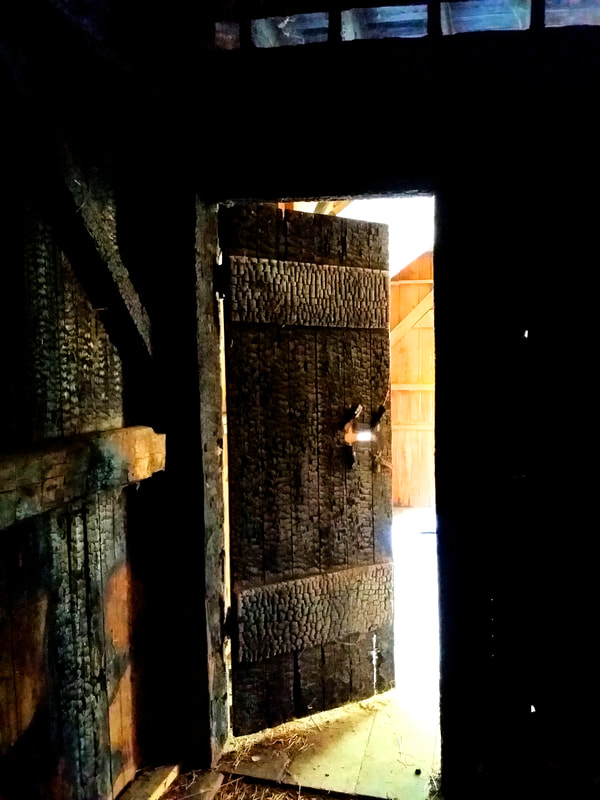
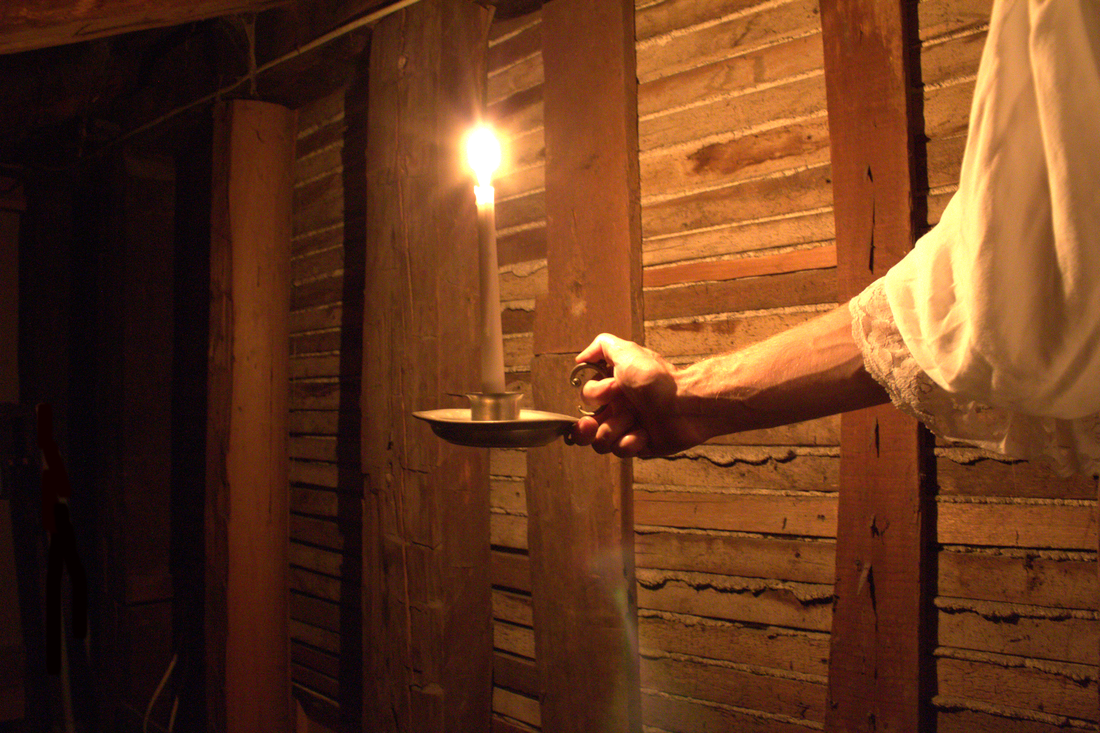
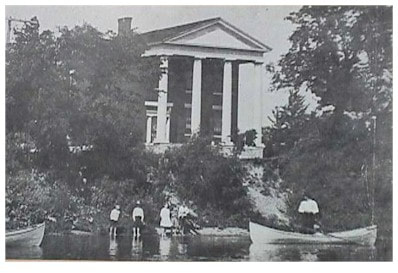
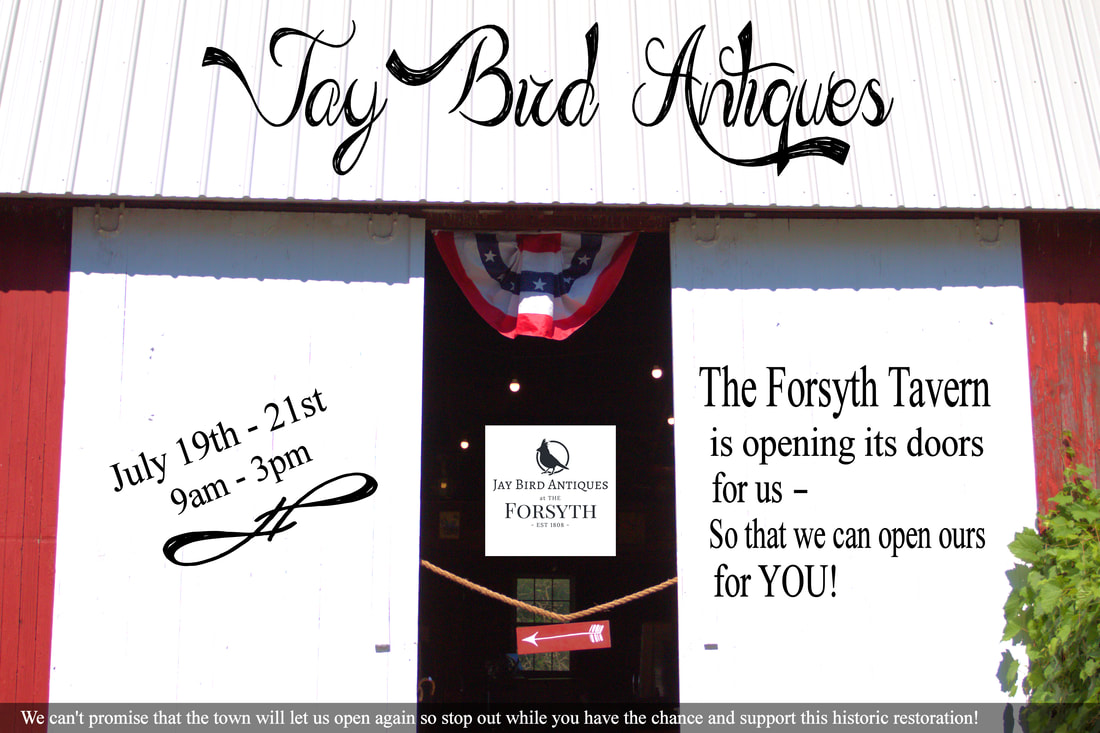
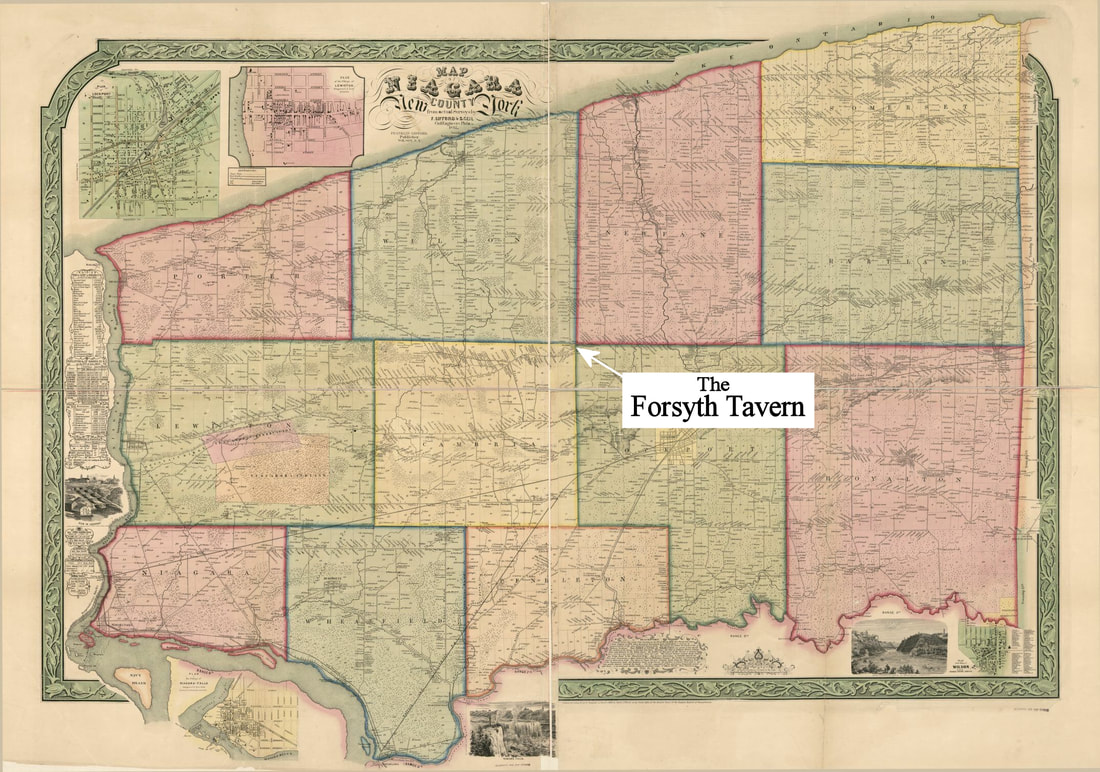

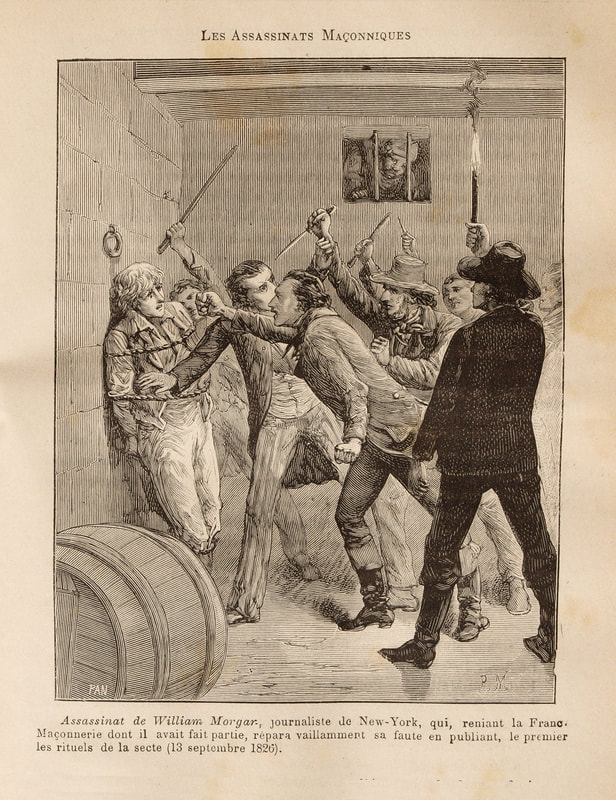
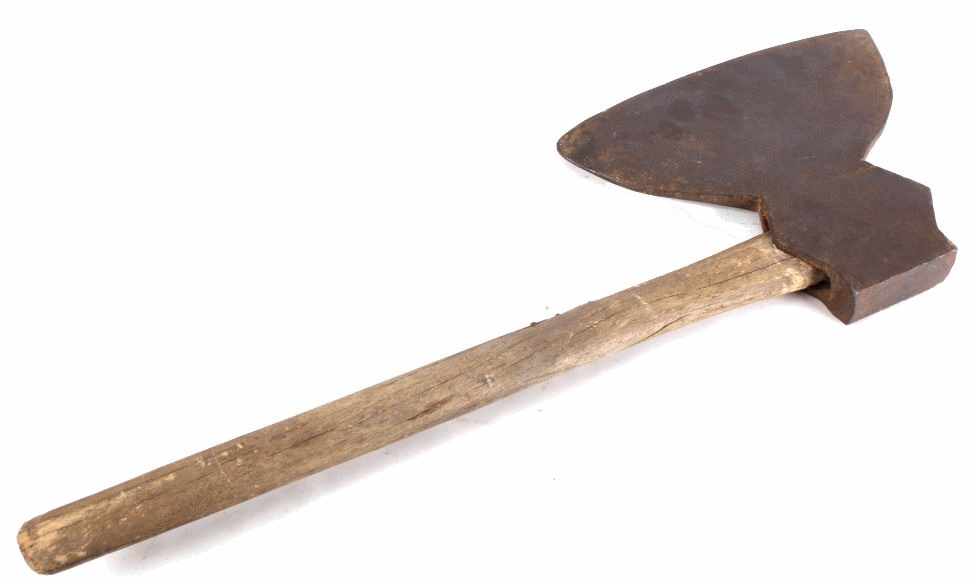
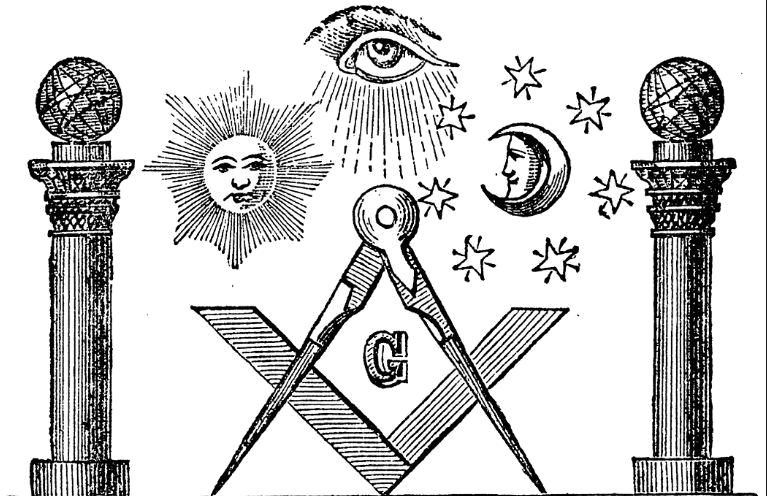

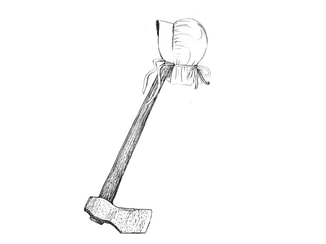
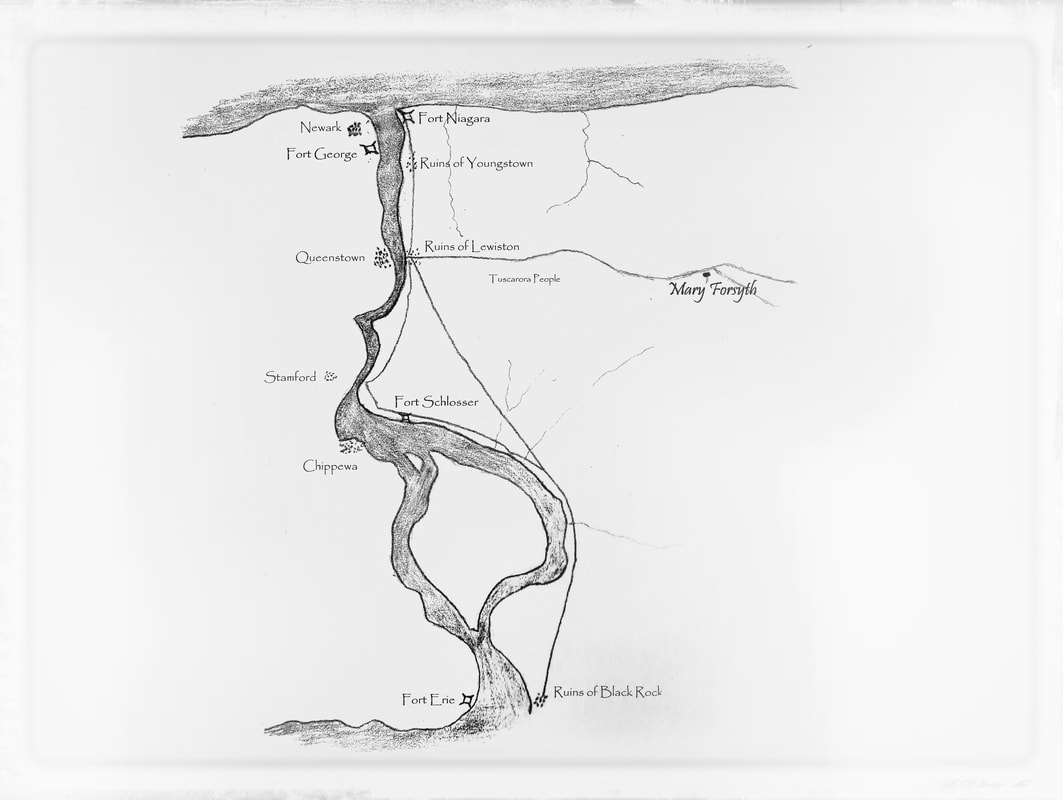
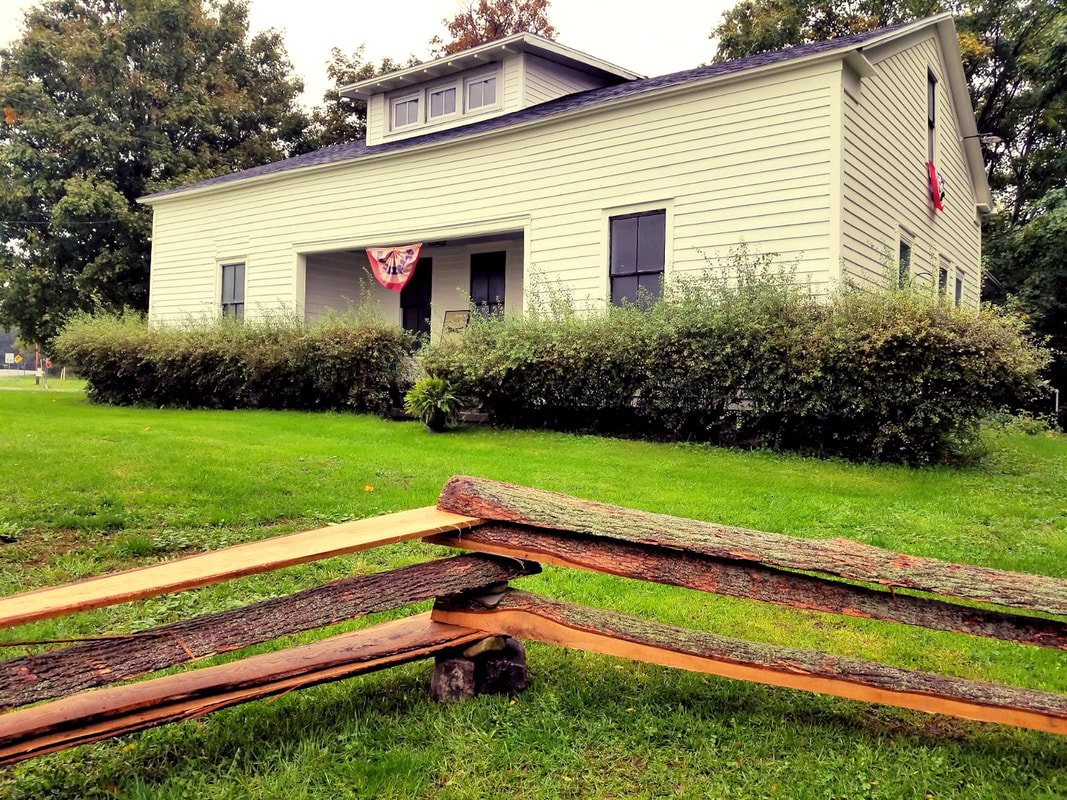
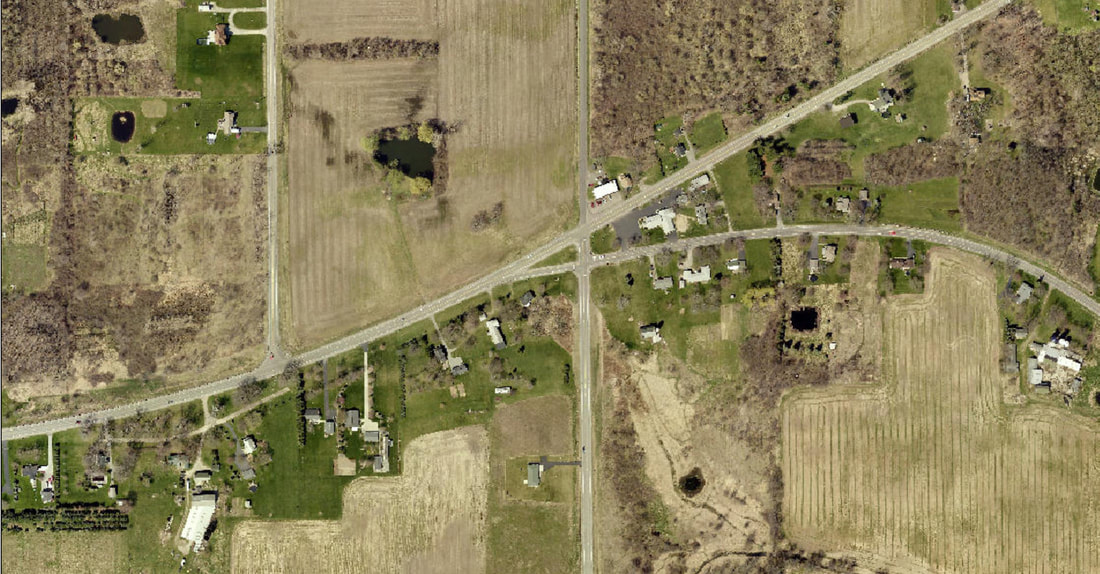
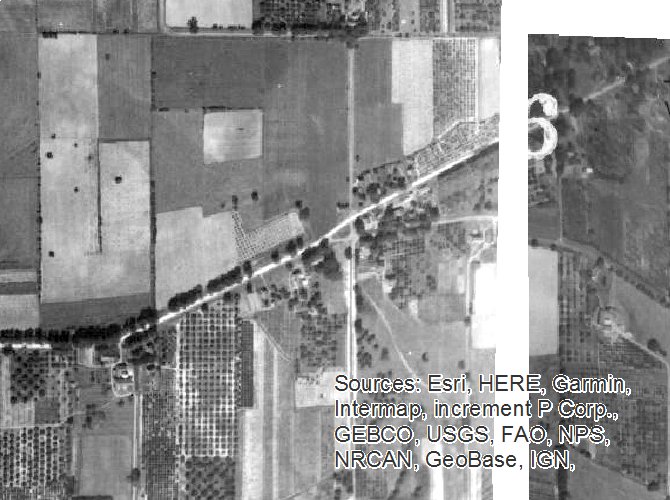
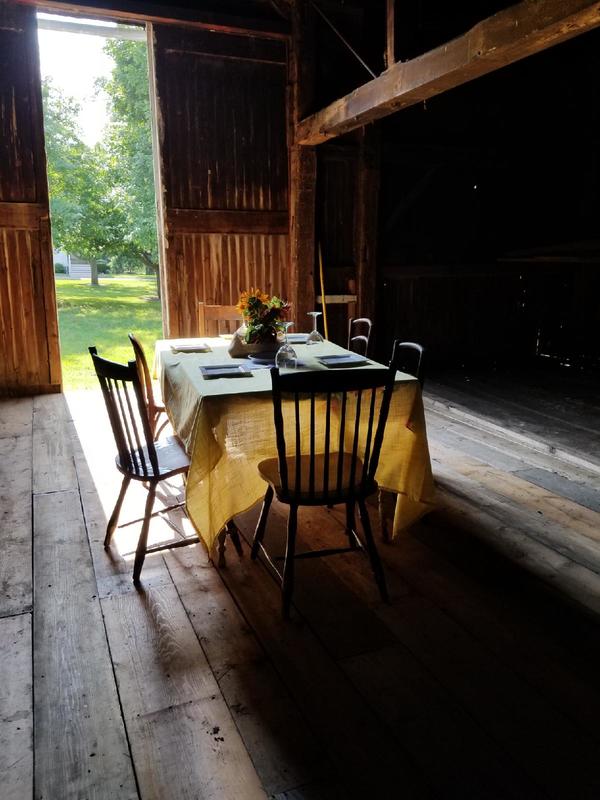
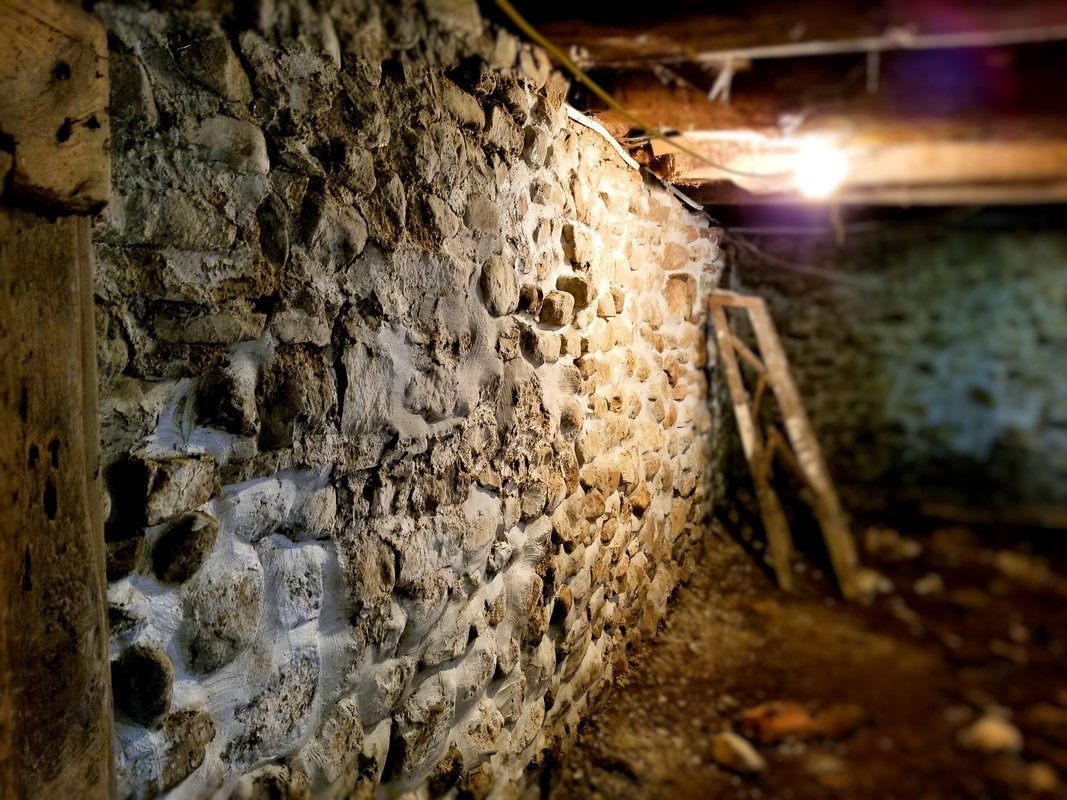
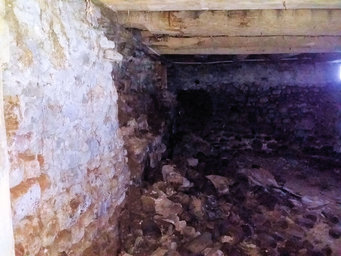
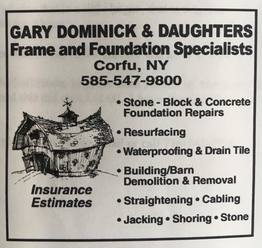
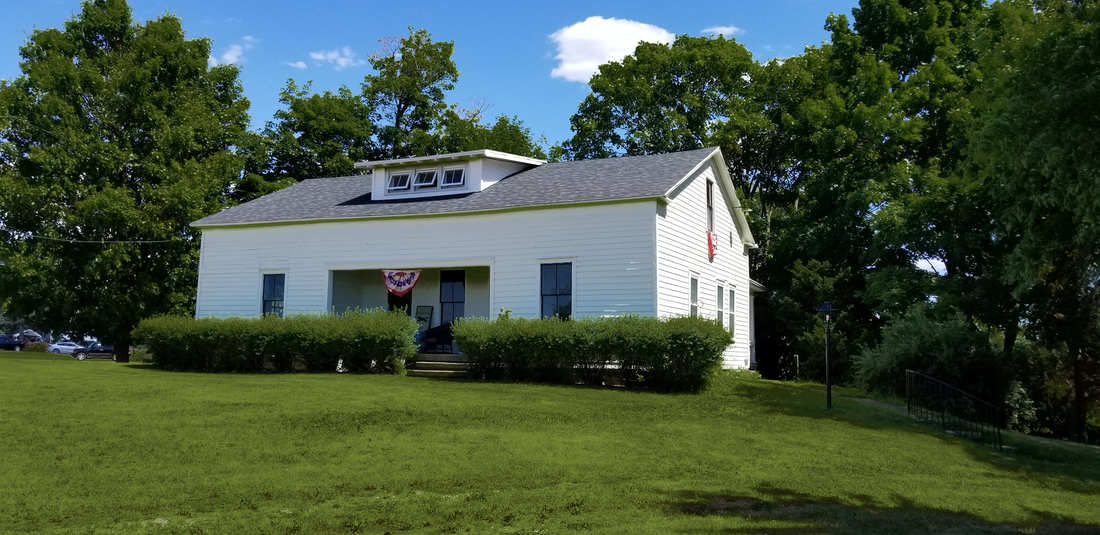
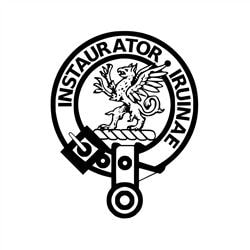

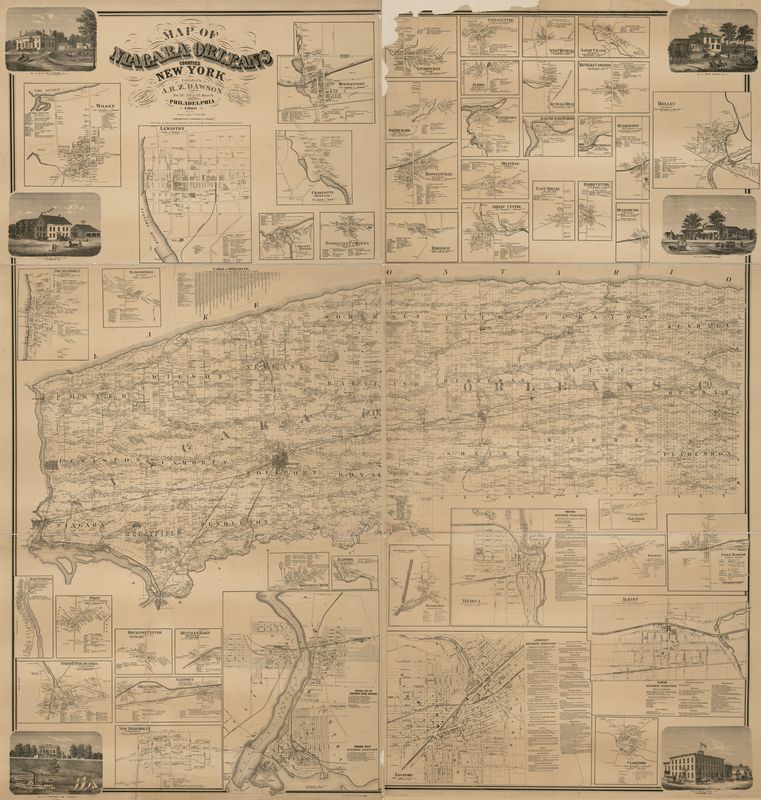
 RSS Feed
RSS Feed
